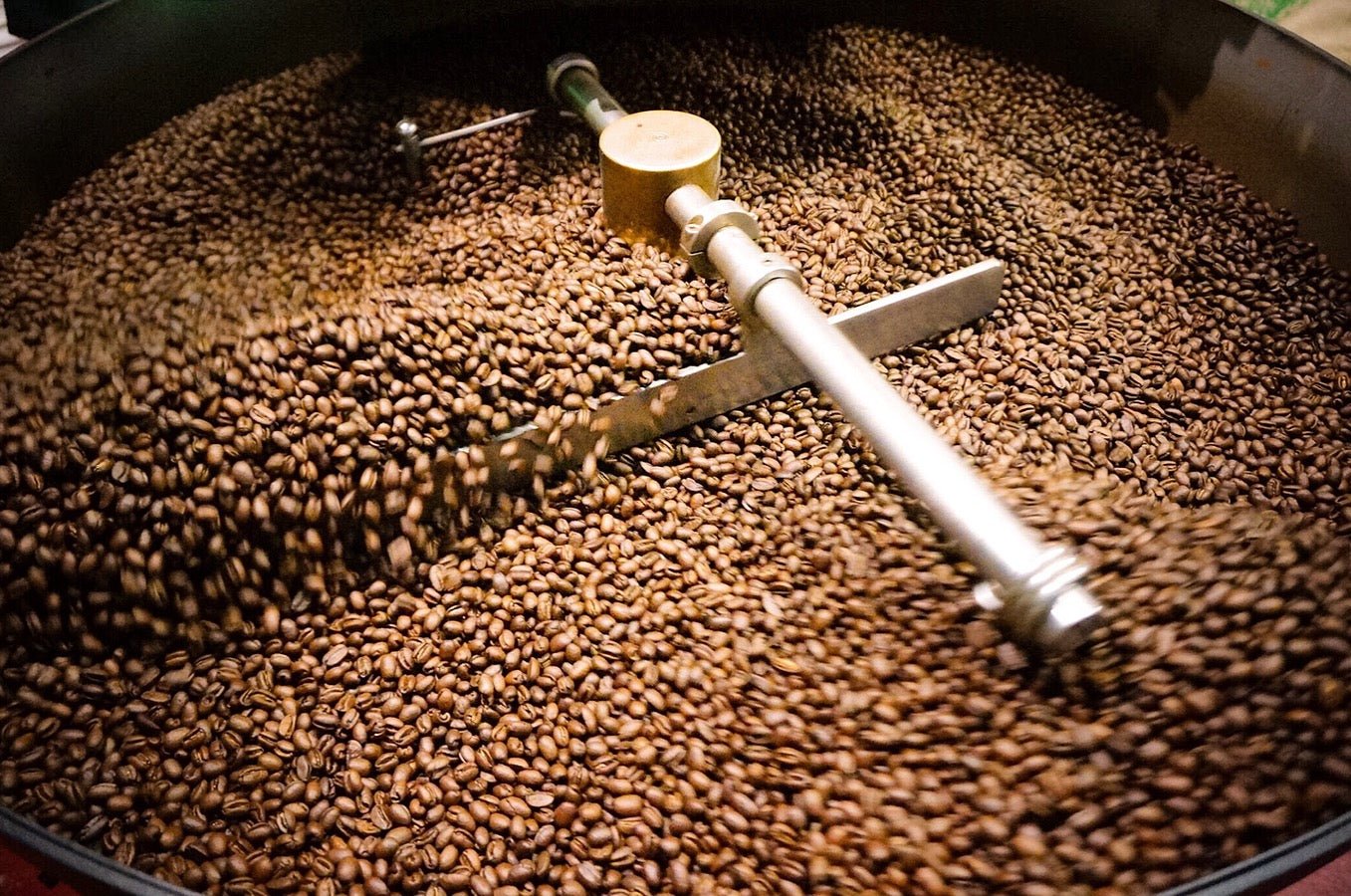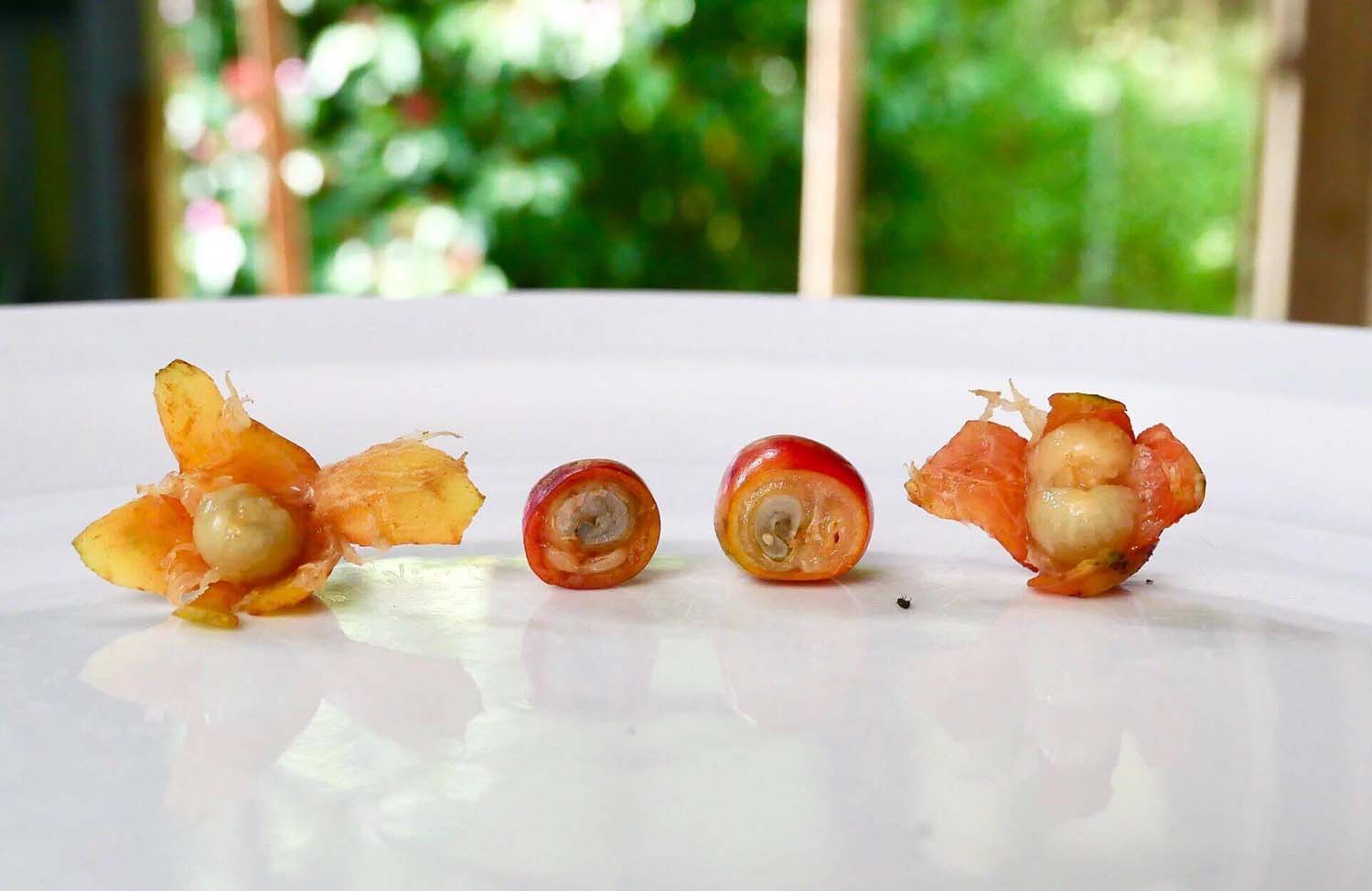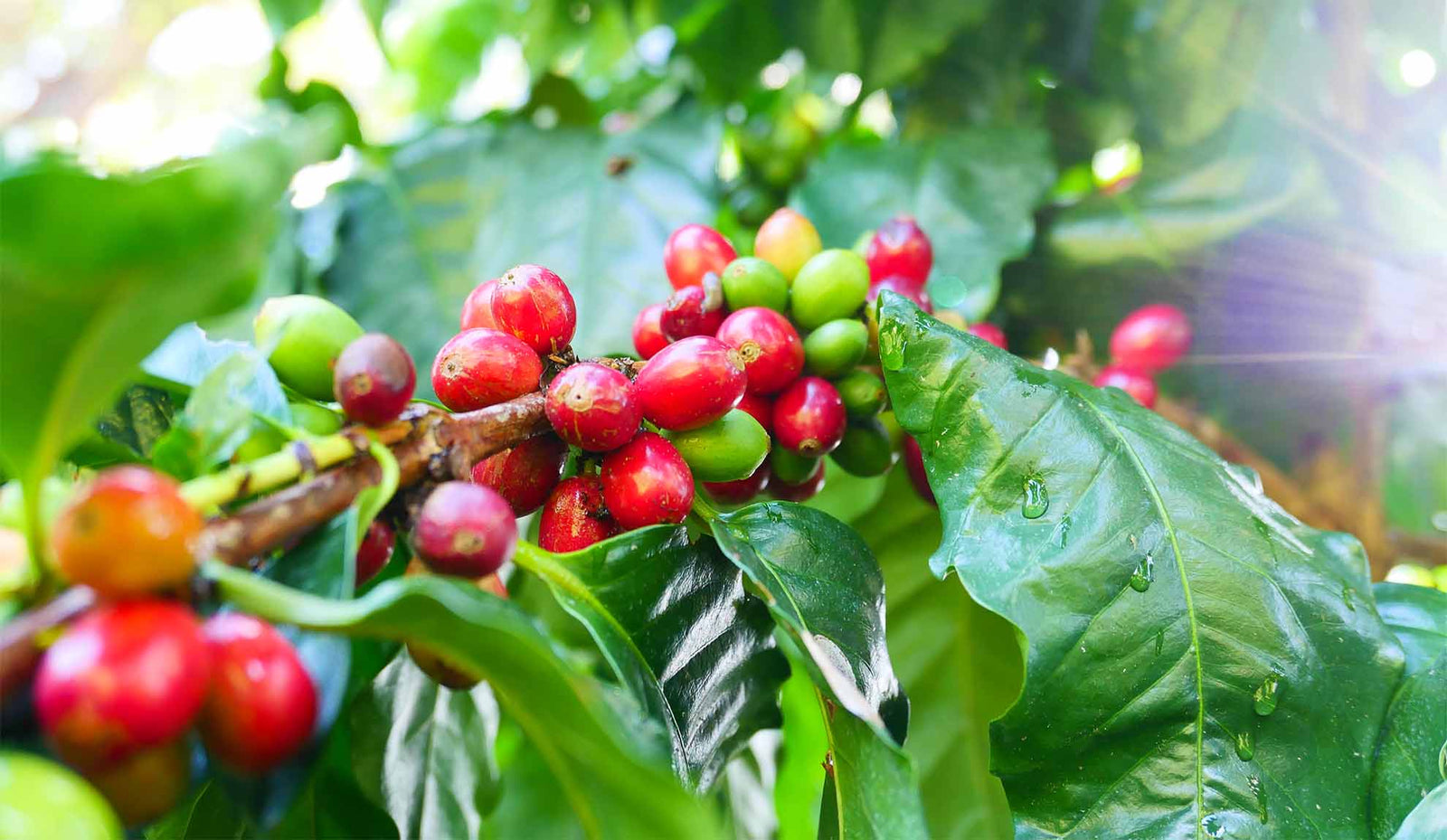Coffee is a wonderfully versatile fruit, able to be grown, processed and roasted in myriad ways. But it is also a sponge, soaking up every change and expressing it in the final cup. Before roasting, the coffee bean is a hard little greenthingwithout much in the way of taste or smell. Roasting the beans unlocks the flavors and aromas within, so choosing how to roast each coffee is a crucially important step in the process.
When choosing how light or dark to roast a coffee, we must take into account its origin, its processing, and finally what flavors we want to showcase. At a very basic level, a light roast will allow the coffee to sing its own song, a medium roast will balance the coffee’s inherent flavors with the Maillard reaction’s caramelization and sugar development, while dark roasts give the roaster more influence, imparting those recognizably smoky, dark chocolate notes.
Let’s examine each more closely:
Light Roast Coffee
Roasting lighter allows a clearer reflection of the coffee’s origin, allowing the final cup to highlight its growing conditions and processing method more strongly. Light roasts have less development time after first crack than darker roast coffees, meaning there will be less time for the deeper “roasty” flavors to develop, but at the same time allows for more caffeine to be retained in the bean.
Clear, crisp acidity will be more noticeable in a lightly roasted coffee, along with a delicate body and nuanced mouthfeel. Depending on the processing method, a light roast might have subtle citrus or cranberry fruit flavors, or an herbal tea-like fragrance. With a light roast, you are tasting the terroir of the coffee’s origin and the way it was processed.
Medium Roast Coffee
Medium roast coffees are allowed to develop further, to grow more rounded and substantial, at the expense of some of the delicacy and brightness found in a lighter roast. This style is where the approach of the roast-master becomes especially noticeable, as changes made during the development time will markedly affect the finished cup.
While the acidity might be more subdued, medium roasts have more depth and sweetness overall, balanced with a heavier body and smoother mouthfeel. Subtle fruit notes are often still present, alongside flavors like brown sugar, milk chocolate or toffee.
Dark Roast Coffee
While the term has become almost pejorative over recent years, dark roast coffee still has a lot to offer the daily drinker. While there may be less caffeine, and the inherent characteristics of the coffee’s origin may be replaced with flavors and aromas from the roasting process itself, this doesn’t mean dark roast coffee should be dismissed. If you describe your ideal coffee asbold orrich, or find yourself intrigued by the term French Roast, then a dark roast might be for you.
These coffees tend towards a heavier body, with lower acidity and spicy or smoky aromas, while tasting notes might include chocolate, pipe tobacco, or dried cherries. As an added bonus, dark roast coffees go great with cream!




